Independence Palace, also known as Reunification Palace, built on the site of the former Norodom Palace, is a landmark in Ho Chi Minh City, Vietnam. It was designed by architect Ngô Viết Thụ and was the home and workplace of the President of South Vietnam during the Vietnam War. It was the site of the end of the Vietnam War during the Fall of Saigon on April 30, 1975, when a North Vietnamese Army tank crashed through its gates.
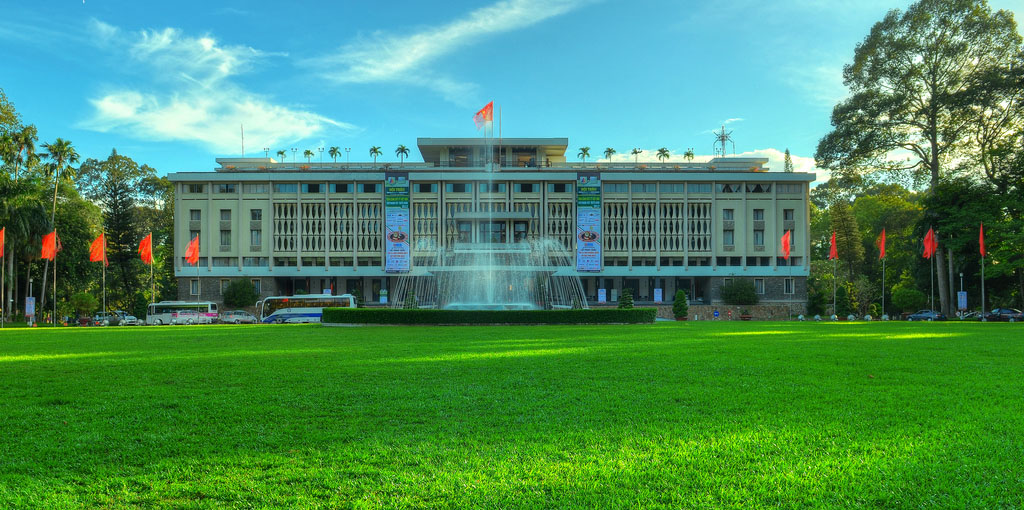
The complex covered an area of 12 hectares, including a palace with an 80-meter-wide façade, a guest-chamber capable of accommodating 800 people, with a spacious gardens covered by green trees and a lawn. Most of the building materials were imported from France. Owing to the Franco-Prussian War of 1870, construction fell behind schedule and was not completed until 1873. The palace was named Norodom Palace after the then king of Cambodia, Norodom (1834–1904).
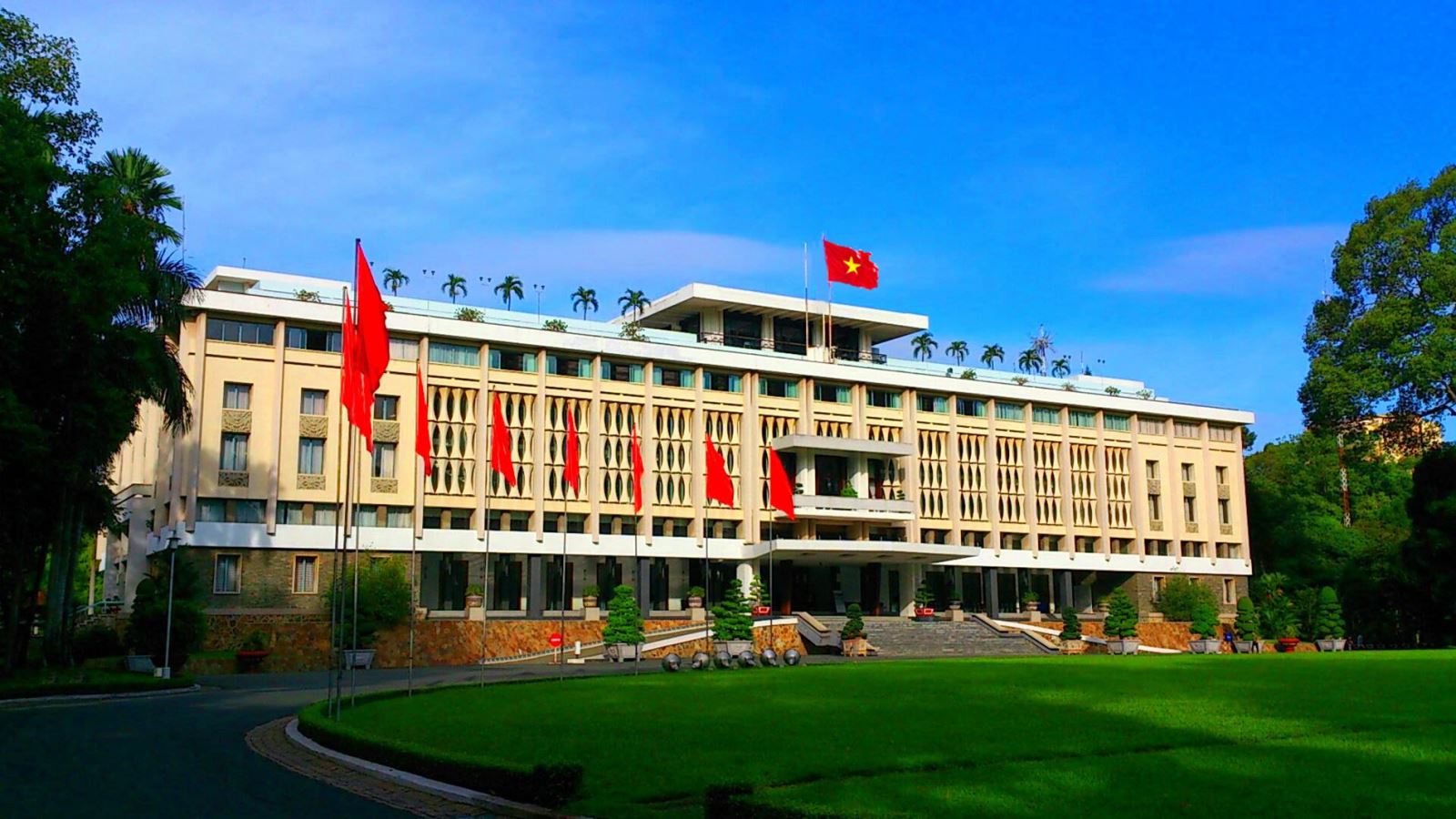
Reunification Palace’s architecture is a blend of traditional ritual and modern architecture, typical of the 60s’. However, the design of the complex is not as appealing to tourists as all the historical events related to this building. Wandering around its rooms, visitors may be reminded of various important moments in the past of Vietnam, especially the war command room with its huge maps and old communication equipment, as well as the basement labyrinth.
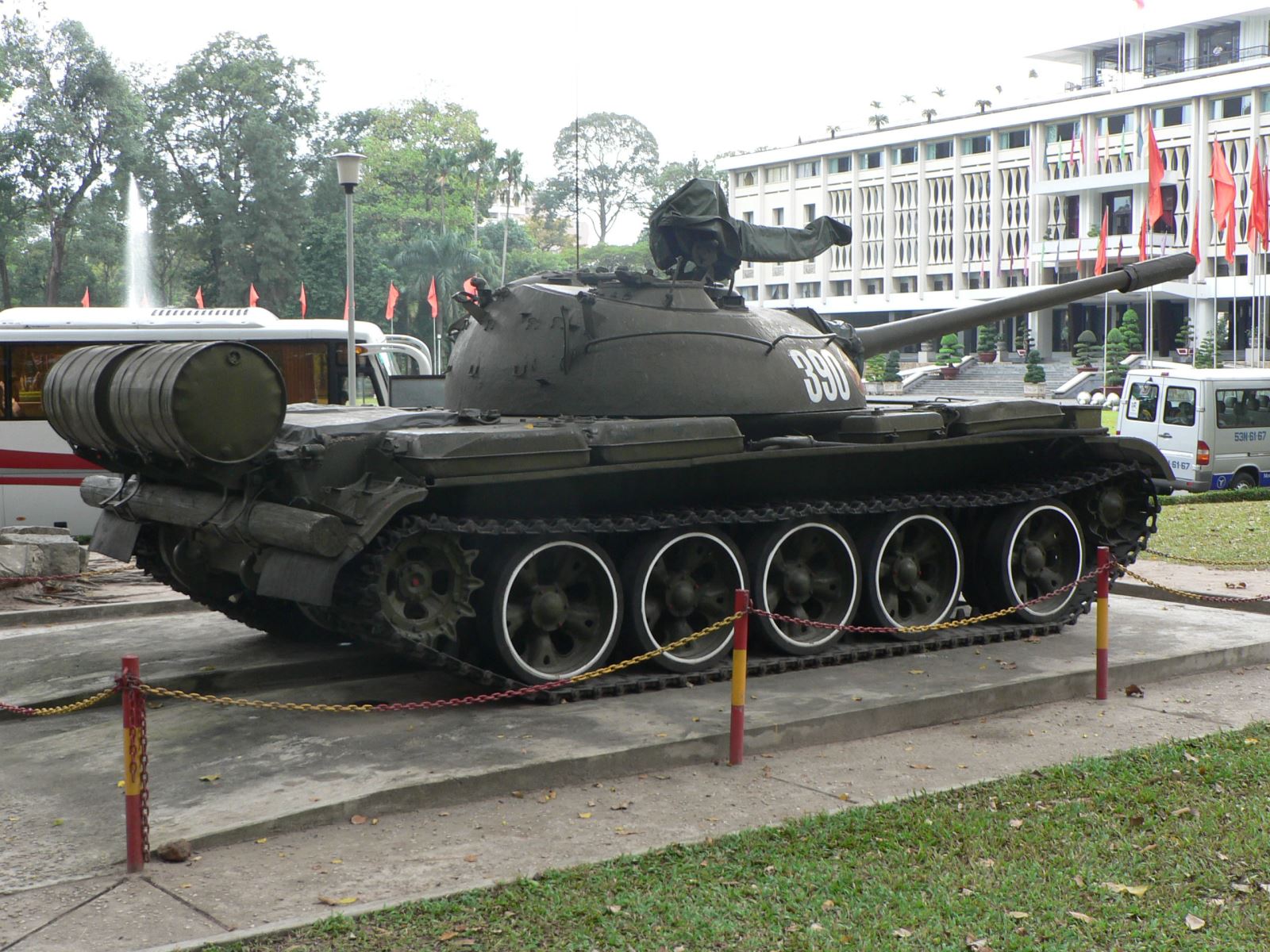
The building now functions as a museum, where visitors can view the F5E fighter plane which bombed the palace on 8thApril 1975 and tank 843 which led the final assault through the palace gate at 11.30AM on 30th April 1975.
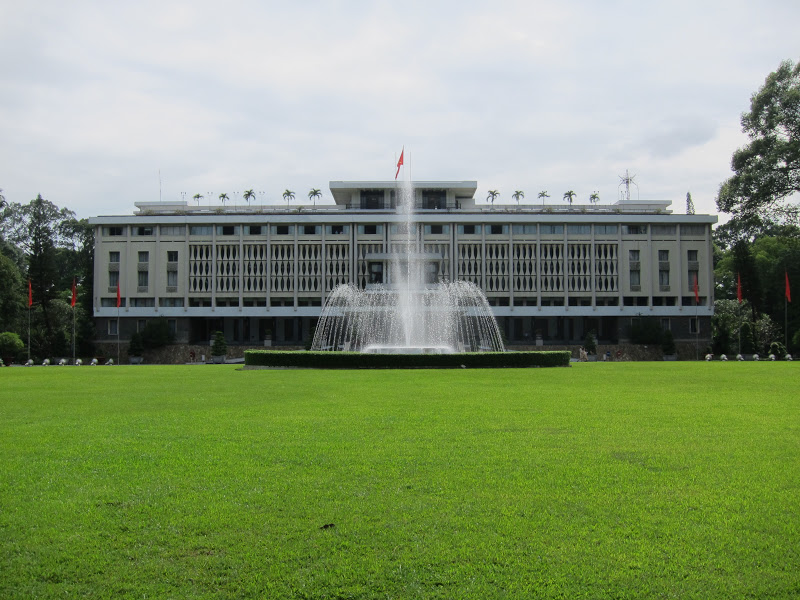
The Reunification Palace is a five-storey building with the basement housing a warren of tunnels, a war room and telecommunications centre. The war command room still has maps on its walls and period telecommunications equipment on display, whilst adjoining basement rooms feature war propaganda materials. Other areas of interest are the third floor featuring a card playing room, a fourth floor which once had a casino and was used for entertaining guests and a rooftop terrace with a heliport.
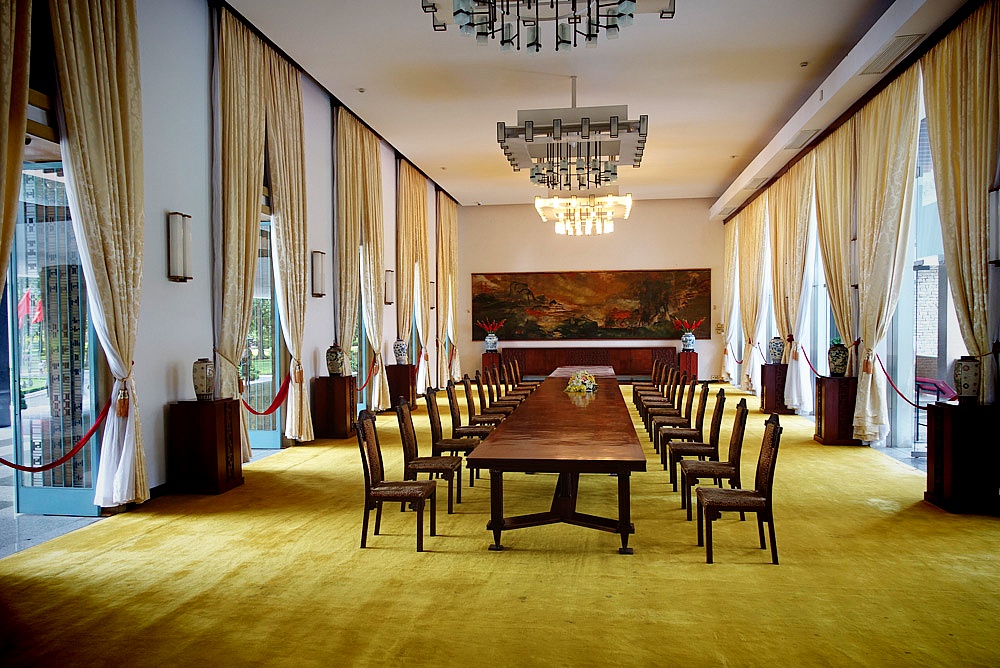
Surrounded by lush tropical gardens, the palace hides secret rooms, antique furniture and a command bunker within its eerie corridors. The Reunification Palace is still in use to host occasions including APEC summits and national events of significant importance.











